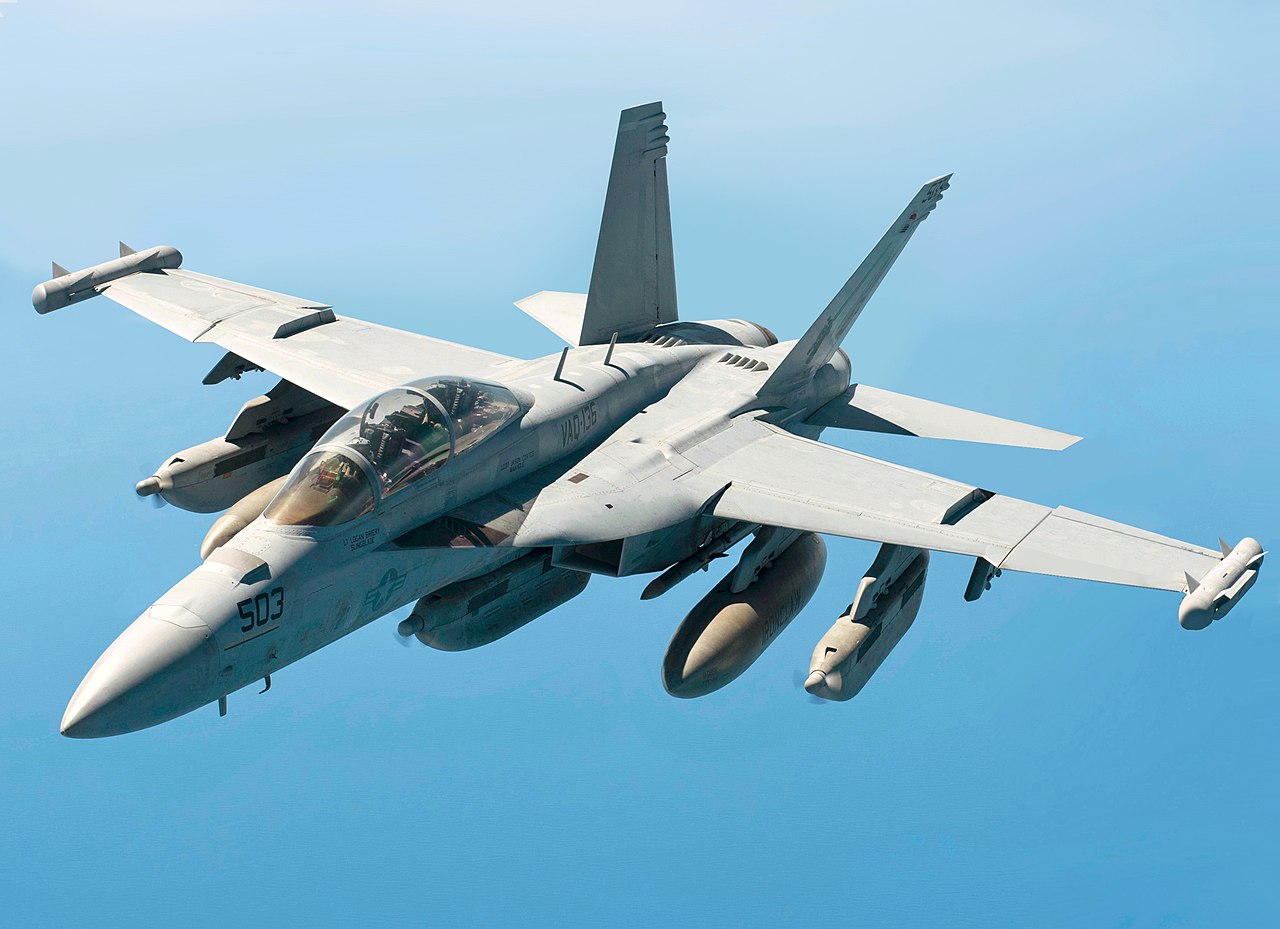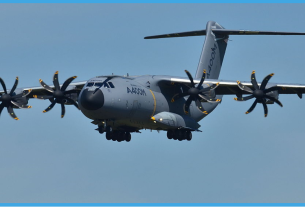On the morning of Wednesday, February 12, 2025, a U.S. Navy EA-18G Growler fighter jet crashed into San Diego Harbor after the aircraft’s crew ejected during an attempted landing at Naval Air Station (NAS) North Island. The incident occurred at approximately 10:15 a.m. local time. The two pilots, members of Electronic Attack Squadron 135 (VAQ-135), were in stable condition after being rescued by a nearby fishing vessel within minutes of ejecting into the water.
The EA-18G Growler, a specialized variant of the F/A-18 Super Hornet designed for electronic warfare, had departed from NAS Whidbey Island in Washington and was in San Diego for a routine exercise. The crash took place as the aircraft was nearing its landing approach over NAS North Island. According to Navy officials, the pilots ejected after the plane flew over the runway, and the jet subsequently crashed into the water.
Emergency responders, including U.S. Coast Guard and Customs and Border Protection vessels, quickly arrived at the scene. The crew was rescued by a sport fishing vessel and transferred to a Border Patrol boat, which then transported them to UC San Diego Health for medical evaluations. Fortunately, both pilots were confirmed to be in stable condition, with no serious injuries reported.
Following the crash, authorities began assessing the wreckage and fuel debris in the water. Naval Base Coronado established an Emergency Operations Center (EOC) to manage the situation. An investigation into the cause of the crash is currently underway. As of now, no official cause has been determined, but further updates will be provided as the investigation progresses.
The EA-18G Growler, which combines advanced electronic warfare capabilities with the proven F/A-18 platform, is crucial for U.S. Navy operations in electronic attack and jamming. The crash marks the latest in a series of aviation incidents involving military aircraft. In 2025, four fatal crashes have occurred within the United States, bringing the death toll in these incidents to 85 people. Authorities are expected to release preliminary findings from investigations within 30 days, with full reports expected within the next year or two.
This event adds to a growing concern over aviation safety, especially regarding military aircraft operations during routine exercises. However, the swift and coordinated response to this crash highlights the effectiveness of emergency protocols in safeguarding the lives of aircrew members.



